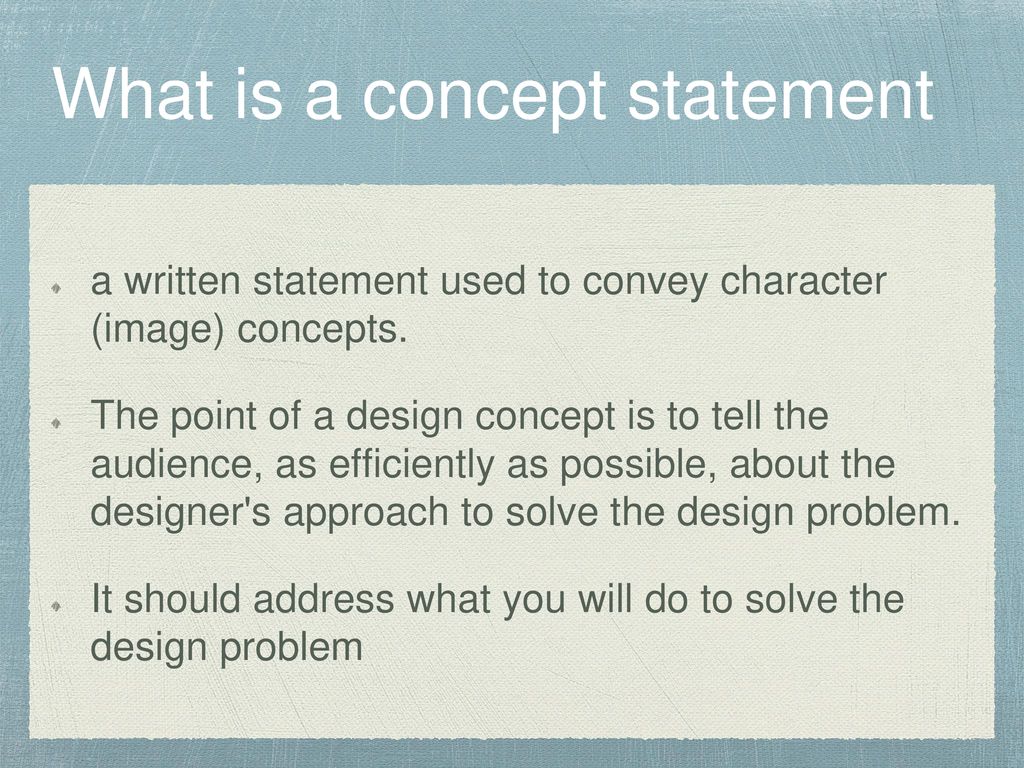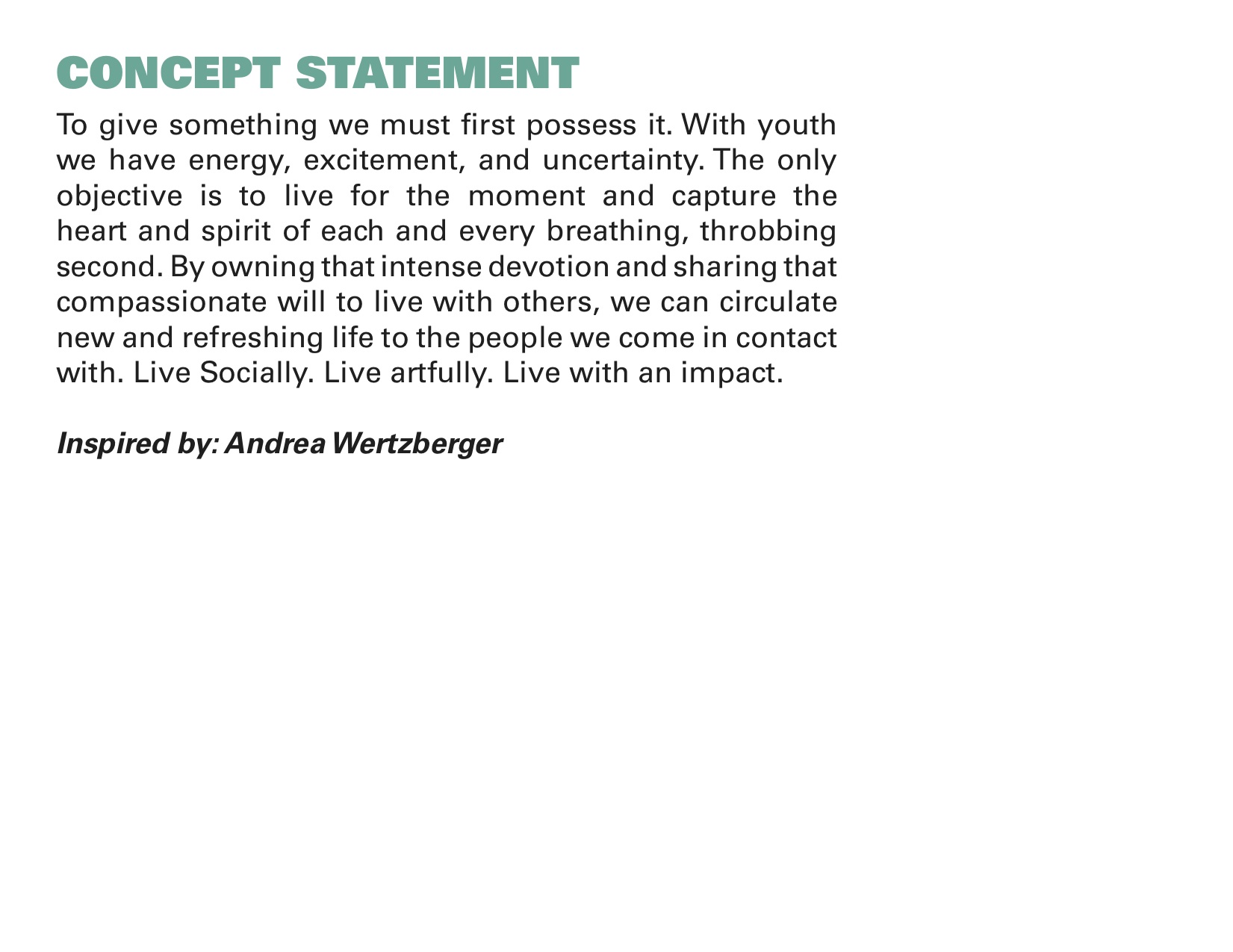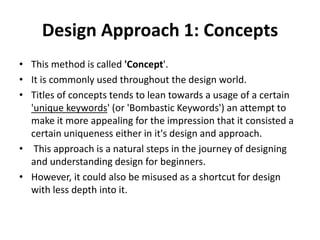A design concept statement is a written explanation of the ideas and principles that guide the design of a product, building, or other object. It is a tool used by designers to communicate their vision to clients, stakeholders, and other members of the design team. A well-written design concept statement can help to ensure that everyone involved in the project is on the same page and working towards the same goals.
There are many different ways to write a design concept statement, and the specific approach will depend on the nature of the project and the needs of the audience. However, there are some common elements that are often included in these statements.
One important element of a design concept statement is the identification of the target audience or users of the product or space being designed. This helps to ensure that the design meets the needs and expectations of the people who will be using it. For example, a design concept statement for a children's playground might focus on the importance of creating a safe and stimulating environment for young children to play and learn.
Another important element of a design concept statement is the identification of the goals or objectives of the project. This could include creating a functional space that meets the needs of the users, improving the aesthetic appeal of a space, or addressing specific challenges or problems. For example, a design concept statement for a hospital might focus on creating a calming and welcoming environment that promotes healing and relaxation, while also addressing the need for functionality and accessibility.
In addition to these elements, a design concept statement may also include a discussion of the design inspiration or themes that are driving the project. This could include references to historical or cultural influences, natural elements, or other sources of inspiration. For example, a design concept statement for a restaurant might reference the local cuisine and cultural traditions as inspiration for the overall look and feel of the space.
Finally, a design concept statement should include a description of the specific design elements and techniques that will be used to achieve the goals and objectives of the project. This might include details about materials, colors, textures, lighting, and other design elements that will be used to create the desired look and feel.
In conclusion, a design concept statement is a valuable tool for communicating the ideas and principles behind a design project. It helps to ensure that everyone involved in the project is working towards the same goals and helps to create a cohesive and effective final product.







